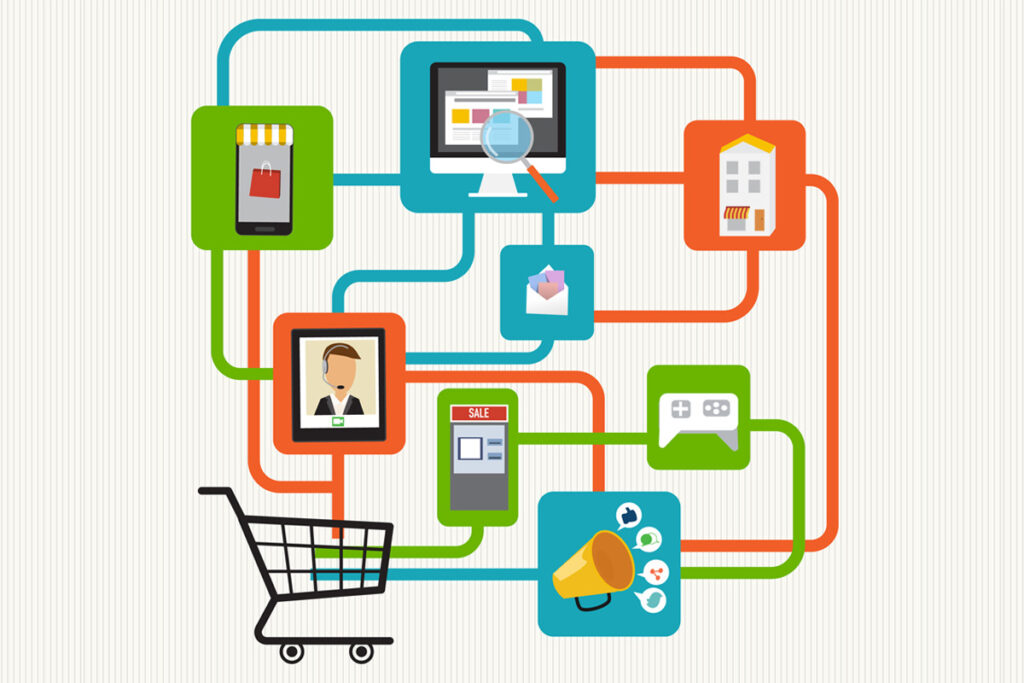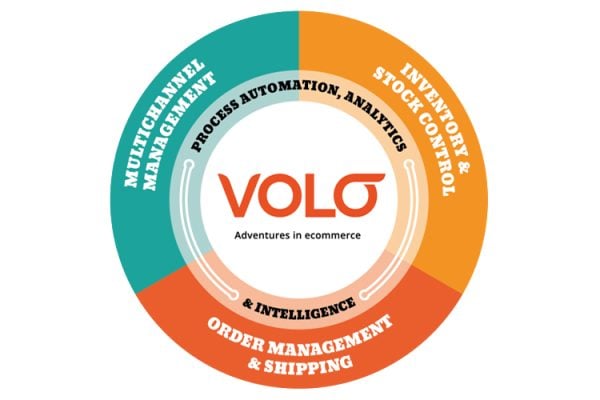Until just a few years ago, retailers had to strictly differentiate between sales channels. Customers would walk into a store and hopefully find what they wanted on the shop floor or have a sales associate pull it from the stockroom; if unable to locate the desired product, the  customer could turn to the brand’s website and start a new, independent buying experience; with separate inventory and no record of their in-store interactions – they essentially had to start all over.
customer could turn to the brand’s website and start a new, independent buying experience; with separate inventory and no record of their in-store interactions – they essentially had to start all over.
In this thought-leadership piece, Brian Green, head of commerce sales EMEA, Magento, an Adobe company considers whether an omnichannel retail model can reap profitability.
Times have changed. The modern connected customer now demands an integrated shopping experience. Movement between different channels – online, bricks-and-mortar, department store concessions, social media – must be seamless. Every touchpoint must enable a series of functions across the customer journey – research, purchases, deliveries and returns.
The complexity of an omnichannel shopping experience not only makes this strategy difficult to implement, but also forces retailers to stretch their budgets in order to “be everywhere” via the correct channels. That’s why retailers who hope to achieve this with obsolete technology and processes that aren’t wired for omnichannel, are set to see their profit margins go down. But completely restructuring your business with new tools and tech can be costly and intimidating.
Here are a few key areas to focus on when deciding where to place your omnichannel investments.
Leveraging the physical store as an asset
There’s no denying that the high street is evolving in unexpected ways. With big household names shutting many of their stores due to exorbitant rents and rates, it’s not surprising that some retailers are now perplexed by their physical locations and how to keep them profitable. This doesn’t mean that the bricks-and-mortar store has no place in tomorrow’s retail landscape. On the contrary, the store is merely growing into a different function which has a huge role in driving omnichannel success.
For example, encouraging customers to buy online and pick up in store – BOPUS – is a great way to cut down on shipping costs. As well as this, research shows 53% of customers buy more when collecting in store so offering a “click and collect” service can entice further purchases.
The same approach can be adopted for returns. Permitting cross-channel returns can not only delight customers by offering a convenient return method it can also help sellers circumvent additional shipping expenses – due to the fact that most customers expect to ship items back to the warehouse for free – and can lure customers in store where they could buy alternative items.
Accurate, flexible and responsive inventory management
As online shopping grows in popularity and customers become more demanding, fulfilment costs increase. Therefore, retailers should focus on devising a robust fulfilment strategy in order to save funds and increase profits where possible. First of all, a vendor’s inventory tracking must be accurate. Out of date information and inaccuracies result in disappointed customers as well as wasted time and resources. A modern ERP or inventory management system is a must to avoid mistakes.
To ensure orders are being fulfilled in the most profitable manner, retailers should have visibility of all of their stock across different warehouses and stores. This is possible with a centralised inventory and order management system, which automatically fulfils each order from the optimal location, thereby containing costs and increasing profit. If the customer is based near the brand’s outlets, the desired product can be picked from that location to enable faster delivery, reduce shipping costs and avoid discounting surplus store stock.
A fluid and flexible perception of inventory can also be useful for in-store sales. The concept of the “endless aisle” refers to selling stock which is not necessarily available in store at a given time, but is stocked elsewhere or scheduled to arrive soon. This allows retailers to never miss a sale due to stock availability.
Relevant communications and personalised experiences
Engaging customers with irrelevant and generic communications is almost pointless with today’s shoppers who expect a personalised and relevant experience with the brands they are most loyal to. Today’s customer seeks personalised interactions and driving these is a great way to help retail brands deliver a memorable experience and stand out from the competition. Personalisation can help to increase order value and boost sales with a variety of engagement tactics. For example, online sellers can leverage customer information and browsing analysis to make relevant product recommendations, and enticing shoppers to buy more.
Retailers should also leverage the omnichannel nature of their customer relationships in order to tailor each interaction. When customers switch from one sales channel to another, the line of communication should continue seamlessly: for example, store staff can leverage existing information such as online order history to provide a better service.
Delighting customers with a unified, channel-less experience comes with a series of additional costs which can be intimidating. But, with personalised interactions, a flexible and responsive use of inventory management and the right tools, today’s retailers are on track for success and profitability.









